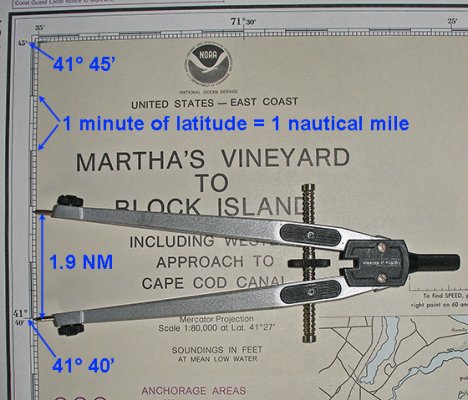gonesailing13
Senior Member
Can anyone tell me how I could figure out distances ( by water ). My problem is we are planning a trip in the early fall but only have a certain time to do it. I know there are a lot of things that can throw things off such as weather, break downs, etc. We're figuring on doing sixty miles a day + or - .So I'm looking at 20-25 days ( that's round trip ) but am trying to figure how far we might be able to get. I know there will be a lot of different opions about this but that's why I'm asking. Thanks in advance.


